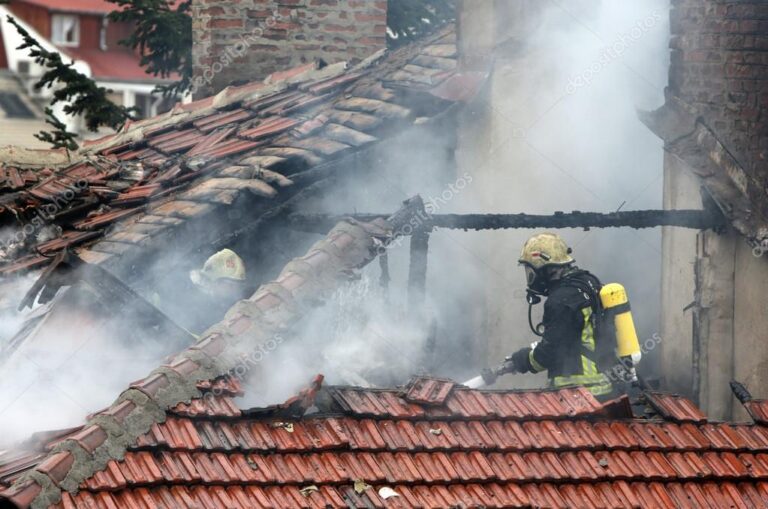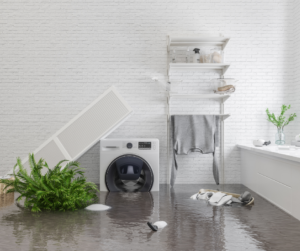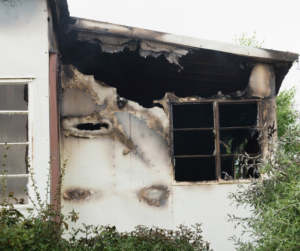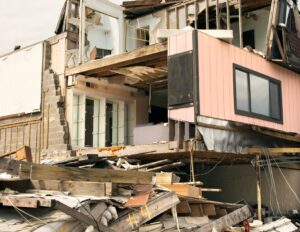Smoke, whether it arises from wildfires, industrial processes, or indoor activities, poses significant risks to both human health and the environment. As responsible global citizens, it is essential to understand the importance of smoke mitigation techniques. By implementing effective strategies to minimize smoke, we can create cleaner, safer, and healthier environments for ourselves and future generations. In this blog, we will explore various approaches and best practices for proper smoke mitigation.
1. Understanding the Hazards of Smoke:
Before delving into mitigation techniques, it is crucial to grasp the dangers posed by smoke. Smoke contains a multitude of harmful substances, including particulate matter, toxic gases, and volatile organic compounds (VOCs). Prolonged exposure to smoke can lead to respiratory problems, cardiovascular issues, and other serious health complications. Additionally, smoke contributes to air pollution, hampers visibility, and negatively impacts ecosystems.
2. Effective Smoke Mitigation Techniques:
a. Prevention:
- Regular maintenance of heating systems, fireplaces, and chimneys to prevent smoke leaks.
- Proper disposal of cigarette butts and other flammable materials to avoid accidental fires.
- Fire-safe practices in industrial settings, such as implementing firebreaks and installing appropriate ventilation systems.
b. Source Control:
- Utilizing smokeless alternatives, such as electric or gas-powered equipment instead of wood-burning stoves.
- Encouraging the use of clean-burning fuels and promoting energy-efficient technologies in industries.
- Implementing smoking bans in public places and promoting smoke-free environments.
c. Improved Ventilation:
- Ensuring proper ventilation in indoor spaces through the installation and maintenance of adequate ventilation systems.
- Opening windows and using fans to promote airflow and expel smoke in residential buildings.
- Employing air purifiers with HEPA filters to remove smoke particles from indoor air.
d. Community Efforts:
- Raising awareness about the importance of smoke mitigation and its potential health and environmental impacts.
- Collaborating with local authorities to enforce regulations related to smoke emissions and promote cleaner practices.
- Supporting initiatives that focus on reducing wildfires and improving forest management practices.
3. Personal Protective Measures:
While implementing smoke mitigation techniques is essential at a community level, individuals can also take personal steps to minimize exposure to smoke:
- Staying informed about air quality indexes and limiting outdoor activities during periods of high smoke pollution.
- Wearing N95 or N99 respirator masks, especially during wildfire outbreaks or instances of high pollution.
- Creating a smoke-free zone within your home by sealing gaps, using air filters, and maintaining clean indoor air.
4. The Role of Technological Advancements:
Advancements in technology have led to innovative solutions for smoke mitigation. Some notable examples include:
- Remote sensing technologies for early detection and monitoring of wildfires, allowing for prompt response and containment efforts.
- Smart building systems that integrate air quality sensors and automated ventilation controls to optimize indoor air quality.
- Research and development of new materials and filters that can efficiently capture and neutralize smoke particles.
Proper smoke mitigation is an essential aspect of safeguarding our health and the environment. By employing preventive measures, controlling smoke sources, improving ventilation, fostering community awareness, and adopting personal protective measures, we can significantly reduce the risks associated with smoke. It is vital for individuals, communities, and industries to work together, implementing effective strategies and embracing technological advancements to ensure clean and healthy environments for present and future generations. Let us strive to mitigate smoke and pave the way towards a cleaner and more sustainable future.







Give us a follow!